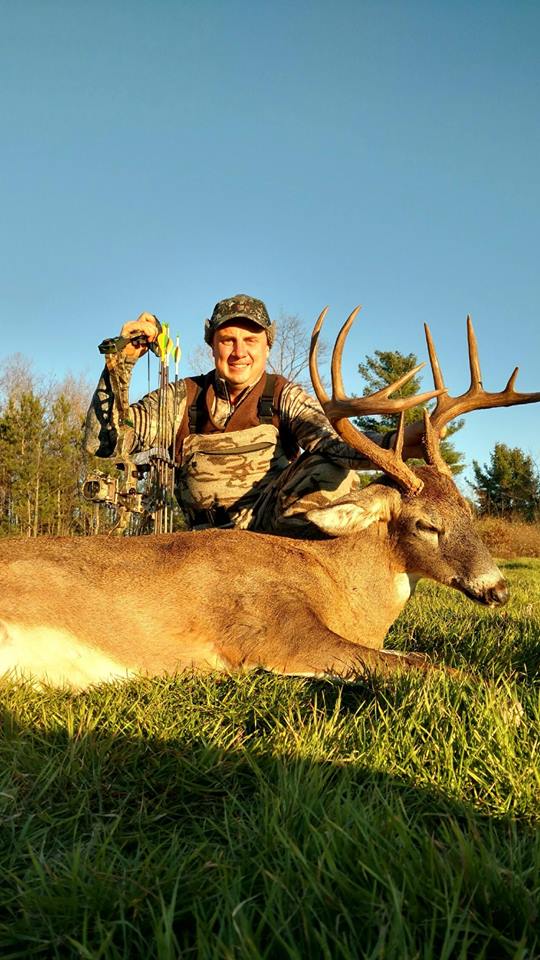It’s not too late to plant a food plot for fall hunting. You don’t even have to own a farm to have success. Food plots will grow best in quality soil, yet this is exactly where farmers want to plant their income-producing crops, not foliage for wildlife. Instead, most food plots are relegated to poorer soil and marginal farming locations. This post by Whitetail Institute’s Michael Veine speaks precisely to these situations where plots must deal with drought, wet conditions, acid soil, rocky ground, or stumps and trees. He taps nearly 20 years of planting experience and shares his knowledge in detail.

Even though I’ve been dabbling with food plots for nearly 20 years, all of the plots I’ve created have been on marginal sites. I’ve just never been lucky enough to own land where food plots would be a cinch. Instead, I’ve had to deal with challenges on all of them. Nonetheless, my food plots have been very successful endeavors that have improved my property and attracted the attention of deer big time.
Dry Conditions: Some sites are just going to be parched, especially during the summer months. The first food plot I ever created was in southern Michigan in the 1990s and it’s still one of my best hunting spots on my property to this day. Parts of that plot though look like the Sahara Desert from July through early August.



















![The Best Deer Camp Chili [VIDEO] Deer Chili Ingredients, Tomatoes, Chili Spices](/wp-content/uploads/2015/10/Deer-Chili-Deer-Camp-Recipe-218x150.jpg)
![How to Call Elk Early in the Season [VIDEO]](/wp-content/uploads/2016/08/byers003-218x150.jpg)




![Idiots Disturb Hunter: How Would You Have Handled It? [VIDEO]](/wp-content/uploads/2015/10/DSC00110-e1474487693878-100x70.jpg)
![Albino Buck Shocked to Shed His Antlers [VIDEO]](/wp-content/uploads/2015/10/AlbinoDeer-100x70.jpg)